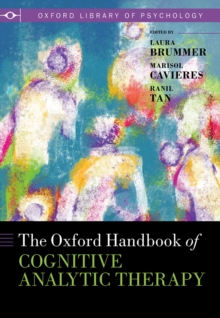
The Oxford Handbook of Eye Movements PDF
Edited by Simon Liversedge, Iain Gilchrist, Stefan Everling
Part of the Oxford Library of Psychology series
Description
In the past few years, there has been an explosion of eye movement research in cognitive science and neuroscience.
This has been due to the availability of 'off the shelf' eye trackers, along with software to allow the easy acquisition and analysis of eye movement data.
Accompanying this has been a realisation that eye movement data can be informative about many different aspects of perceptual and cognitive processing.
Eye movements have been used to examine thevisual and cognitive processes underpinning a much broader range of human activities, including, language production, dialogue, human computer interaction, driving behaviour, sporting performance, and emotional states.
Finally, in the past thirty years, there have been real advances in our understandingof the neural processes that underpin eye movement behaviour. The Oxford Handbook of Eye Movements provides the first comprehensive review of the entire field of eye movement research.
In over fifty chapters, it reviews the developments that have so far taken place, the areas actively being researched, and looks at how the field is likely to devlop in the coming years.
The first section considers historical and background material, before moving onto section 2 on the neural basis of eye movements.
The third and fourth sections looks at visual cognitionand eye movements and eye movement pathology and development.
The final sections consider eye movements and reading and language processing and eye movements. Bringing together cutting edge research from and international team of leading psychologists, neuroscientists, and vision researchers, this book is the definitive reference work in this field.
Information
-
Download - Immediately Available
- Format:PDF
- Publisher:OUP Oxford
- Publication Date:18/08/2011
- Category:
- ISBN:9780191626609
Information
-
Download - Immediately Available
- Format:PDF
- Publisher:OUP Oxford
- Publication Date:18/08/2011
- Category:
- ISBN:9780191626609










